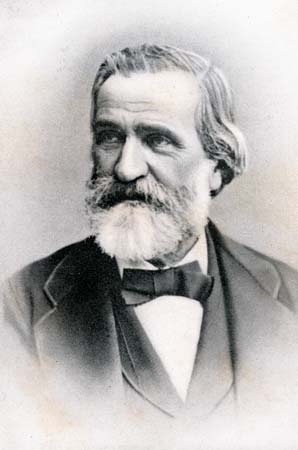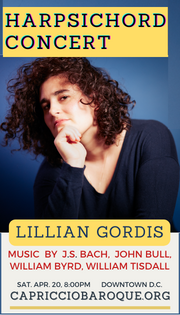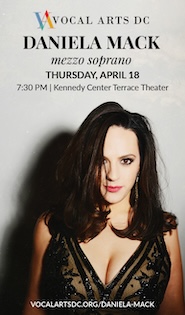Noseda leads NSO in a Verdi Requiem of fire and fury

Giuseppe Verdi’s Requiem was performed by Gianandrea Noseda and the National Symphony Orchestra Thursday night at the Kennedy Center.
With two major symphony orchestras, a handful of large volunteer choirs, and several university schools of music, Washington seems to hear at least one performance of Verdi’s Messa da Requiem almost every season. The National Symphony Orchestra had last performed this most operatic piece of liturgical music in 2010, under Christoph Eschenbach.
His successor, Gianandrea Noseda, made it a centerpiece of his first season with a stirring performance on Thursday night in the Kennedy Center Concert Hall.
The hallmark of Noseda’s approach was blistering, white-knuckle speed. It made for some thrilling rides, while at the same time some introspective, nuanced musical possibilities, brought out by conductors more willing to smell the roses, seemed to pass unnoticed. In the opening movement, the pianissimo playing of the strings and the half-whispered first mutterings of the choir were sublimely hushed. Not to slow down a little more for the poignant double suspensions at the words “dona eis domine,” marked “con espressione” after all, seemed a wasted opportunity.
Without a doubt the highlight of the performance, given Noseda’s inclinations, was the explosive “Dies Irae.” Verdi’s theatrical, terrifying evocation of the Last Judgment, a universe dissolved in ashes and the dead rising from their graves, was perfectly rendered. The bass drum strikes were dry and very loud, just as Verdi indicated in the score, and the trumpets, placed in the highest balconies on both sides of the hall as well as on stage, scattered a wondrous sound. The booming ophicleide part, often rendered on a tuba, stood out as played here on the more historically appropriate cimbasso.
Singing the choral part, containing major swaths of the piece’s drama, was a rare combination of singers from the Washington Chorus and the Choral Arts Society of Washington. The sound they produced seemed more refined, as if the best of both groups were on display. They met all of Noseda’s chiseled fast tempi, down to the concluding fugue of the “Libera me” movement, with verve and ensemble unity.
The weight of Verdi’s Requiem, however, rests on the shoulders of the mezzo-soprano soloist, especially after Verdi reworked the “Liber scriptus” section from a choral setting into another solo for her, a few months after the premiere. Noseda turned to Veronica Simeoni for this crucial part, and she was magnificent. While her peak volume may have been less than that of her counterparts, she was a pleading, maternal presence throughout the work, especially in an affecting “Lux aeterna.”
The other three singers in Noseda’s quartet of soloists were reunited from the recently completed run of Verdi’s Don Carlo at Washington National Opera. In a lovely coincidence, scholar David Rosen notes that in the “Lachrymosa” section of the “Dies Irae,” Verdi reused some music from a duet that he ended up cutting from Don Carlos and that part of the “Ingemisco” section ended up inserted into a later revision of that opera.
Tenor Russell Thomas blazed into the hushed choral scene in the opening of the Kyrie movement with ringing high notes. His voice was even more burnished in the soft, plangent lines of the “Ingemisco” movement, especially the touching duet with principal oboist Nicholas Stovall. Bass-baritone Eric Owens approached his part with more concern for suavity of tone than power, rounding out a quartet that made a convincing ensemble sound rather than just four large solo voices that happened to be singing together in the Offertory movement, for example.
Soprano Leah Crocetto has the ideal voice for the piece, as she did in Don Carlo. Some brief moments of wayward intonation apart, she hurled her voice magisterially over the chorus when necessary, but floated soft high notes with the same ease. In the concluding “Libera me,” her volcanic chest voice seared. She met all of Verdi’s demands in this cruel showpiece, from the high notes that were like a punch in the solar plexus to a shimmering pianissimo B-flat.
The program will be repeated 8 p.m. Friday and Saturday. kennedy-center.org; 202-467-4600.








Posted Mar 28, 2018 at 2:04 pm by Laura Youens
You are a kinder person than I am! I thought Veronica Simeoni was magnificent, but was frankly quite disappointed in the other 3 soloists. Choruses and orchestra were wonderful. This piece is clearly dear to Noseda’s heart.